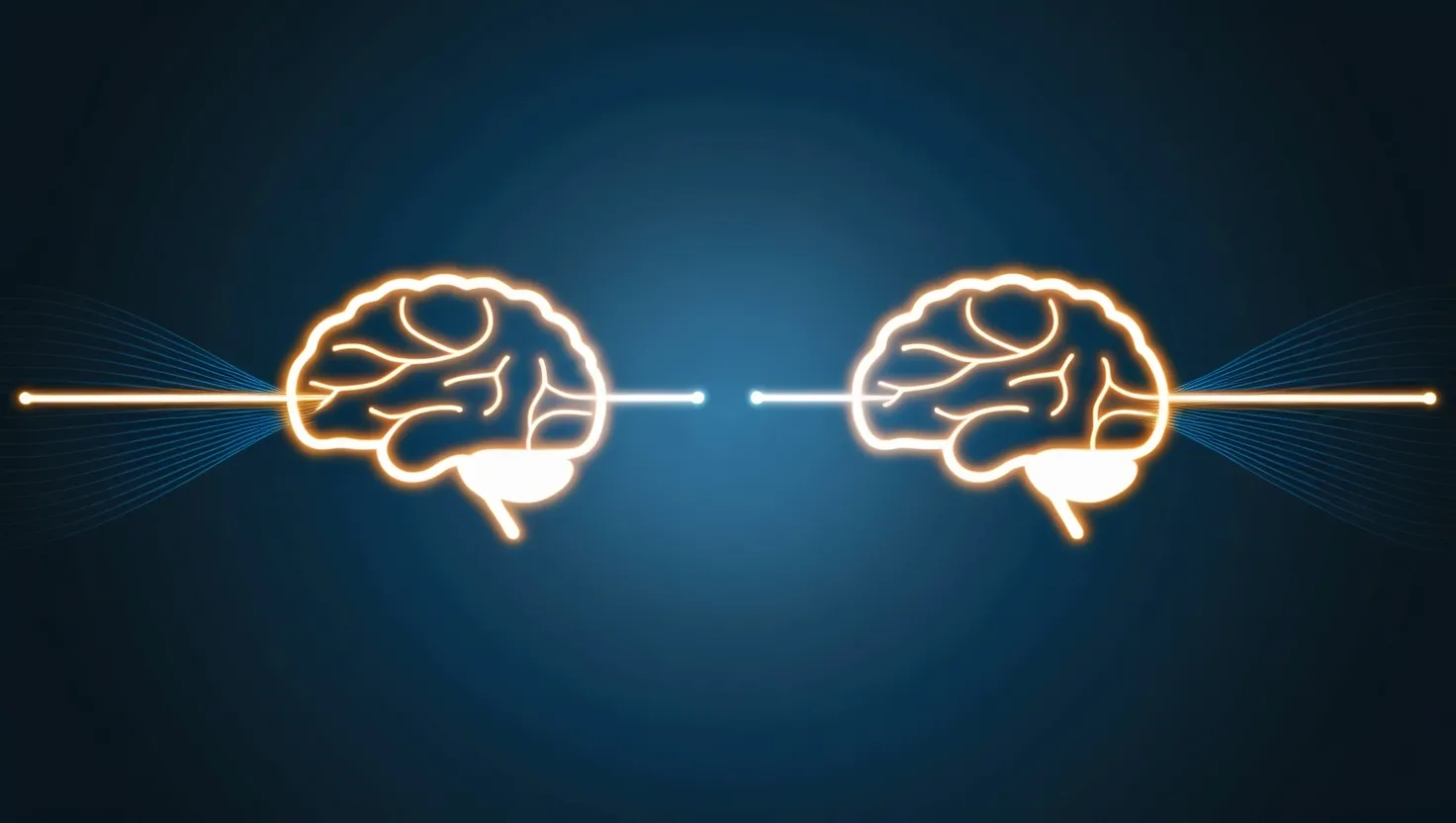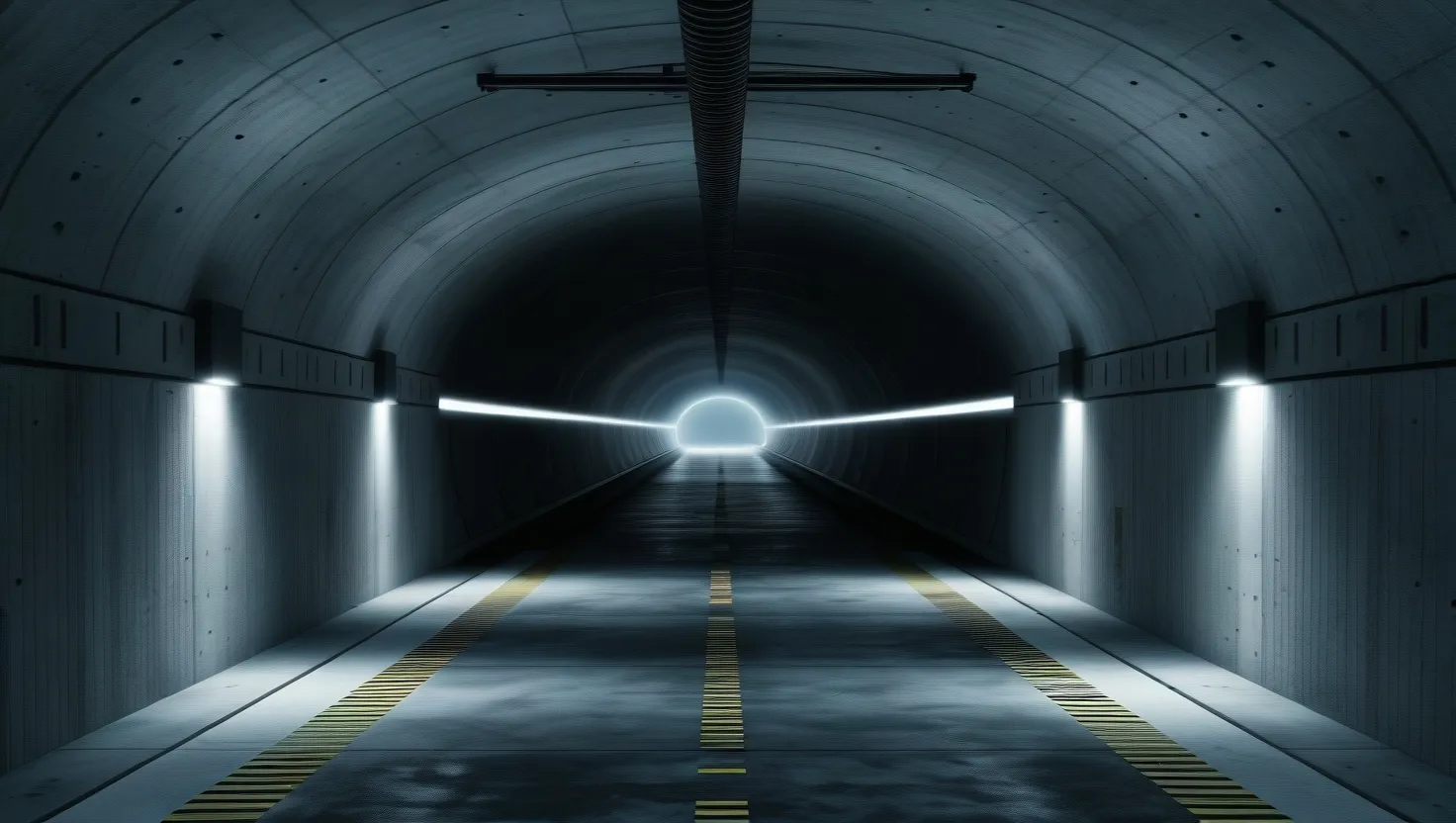The Quantum Consciousness Interference: When Comatose Patients Shared Neural Activity
In the realm of neuroscience and consciousness studies, few events have sparked as much intrigue and controversy as the Geneva Quantum Consciousness Interference case of 2008. This extraordinary occurrence, which defied conventional understanding of brain function and consciousness, continues to challenge our perceptions of reality and the nature of human cognition.
Picture this: two individuals, strangers to one another, lying motionless in separate hospital rooms, their minds seemingly adrift in the vast ocean of unconsciousness. Yet, beneath the surface of their apparent stillness, an astonishing synchronicity was unfolding. Their brains, despite the physical barriers between them, were engaging in a silent dialogue, their neural activities mirroring each other with uncanny precision.
As I delved deeper into the details of this case, I couldn’t help but wonder: What hidden forces could possibly orchestrate such a phenomenon? How could two separate minds, untethered by any known physical connection, exhibit such perfect harmony?
The story begins in the sterile corridors of the University Hospital of Geneva. Two patients, both in deep comatose states, were being monitored as part of routine care. Little did the attending physicians know that they were about to witness something that would send ripples through the scientific community.
It started with a curious observation by an attentive nurse. She noticed that the EEG readings of the two patients seemed unusually similar. Not just similar in a general sense, but matching almost exactly, as if their brains were in perfect sync. Intrigued, she called in the neurologists.
What followed was a series of tests and observations that left even the most skeptical scientists scratching their heads. When researchers introduced identical sensory inputs to one patient, both showed corresponding neural responses. Even more baffling was the speed at which these shared responses occurred - less than 3 microseconds apart. This timeframe was simply too quick for any known form of conventional signal transmission between the two brains.
“The universe is not only stranger than we imagine, it is stranger than we can imagine,” said J.B.S. Haldane. And indeed, the universe seemed to be revealing its strangeness in the most unexpected of places - the minds of two comatose individuals.
As news of this phenomenon spread, quantum physicists were called in to investigate. Their findings only deepened the mystery. Unusual quantum field disturbances were detected around both patients, exhibiting coherence patterns that should have been impossible in biological systems. The warm, wet environment of the human brain typically causes quantum effects to rapidly decohere. Yet here they were, persisting in defiance of our understanding of quantum mechanics.
But what did this mean for our understanding of consciousness? Could it be that our brains, under certain conditions, function as quantum receivers, capable of non-local information exchange? The implications were staggering.
The phenomenon came to an abrupt end when one of the patients awoke. In that instant, the neural connection between them severed, leaving researchers with more questions than answers. Interestingly, neither patient retained any memory of their shared consciousness. However, when interviewed separately, both described eerily similar dream-like experiences during their coma.
“I do not fear death. I had been dead for billions and billions of years before I was born, and had not suffered the slightest inconvenience from it,” Mark Twain once quipped. But what happens in that state between life and death? Could it be a realm where consciousness transcends the physical limitations we assume confine it?
The medical establishment, as one might expect, was quick to dismiss the findings. Equipment malfunction, observer bias, and coincidence were all suggested as explanations. But for those who witnessed it firsthand, these explanations rang hollow.
What’s more, this wasn’t an isolated incident. Subsequent cases at facilities in Japan and Russia have documented similar quantum neural coupling between comatose patients. Each new case chips away at our certainty, challenging us to expand our understanding of consciousness and the human mind.
As I pondered these cases, I couldn’t help but think of the words of William James: “Our normal waking consciousness, rational consciousness as we call it, is but one special type of consciousness, whilst all about it, parted from it by the filmiest of screens, there lie potential forms of consciousness entirely different.”
Could it be that in the state of coma, that filmy screen becomes permeable, allowing consciousness to expand beyond its usual confines? Are we witnessing a form of quantum entanglement of minds?
The implications of this phenomenon extend far beyond the realm of neuroscience. It touches on fundamental questions of physics, biology, and philosophy. If consciousness can indeed function at a quantum level, what does this mean for our understanding of reality itself?
Consider the potential applications. Could we one day harness this phenomenon to communicate with comatose patients? Might it offer new avenues for understanding and treating disorders of consciousness? Could it even pave the way for new forms of communication and connection between conscious minds?
At the same time, we must grapple with the ethical implications. If minds can indeed become entangled in this way, what does that mean for privacy and individual autonomy? How do we ensure that such phenomena, if they can be controlled, are not misused?
As we stand on the brink of these discoveries, I’m reminded of Arthur C. Clarke’s words: “Any sufficiently advanced technology is indistinguishable from magic.” Perhaps what we’re witnessing is not magic, but the first glimpses of a more advanced understanding of consciousness and reality.
The Quantum Consciousness Interference case continues to divide the scientific community. For every researcher excited by its possibilities, there’s another urging caution and skepticism. But isn’t this tension the very essence of scientific progress?
“The important thing is not to stop questioning,” Einstein once said. And indeed, this case has sparked a multitude of questions. How can we design experiments to further investigate this phenomenon? What technologies might we develop to better detect and measure these quantum effects in biological systems? How might this change our approach to studying consciousness disorders?
As we continue to probe these questions, we must remain open to the possibility that our current understanding of consciousness is just the tip of the iceberg. The human mind, it seems, may be far more complex and interconnected than we ever imagined.
What if consciousness is not confined to our individual brains, but is part of a larger quantum field that we can sometimes tap into? Could this explain phenomena like intuition, shared experiences, or even the sense of oneness reported in deep meditative states?
These are not just academic questions. They have the potential to reshape our understanding of what it means to be human, to be conscious, to be connected to one another and the universe around us.
As we stand at this frontier of science and philosophy, we must approach these questions with both rigorous skepticism and open-minded wonder. We must be willing to challenge our assumptions, to explore new paradigms, and to follow the evidence wherever it leads us.
The Quantum Consciousness Interference case is more than just a scientific curiosity. It’s a reminder of how much we have yet to learn about the nature of consciousness and reality itself. It challenges us to think beyond the boundaries of our current understanding and to imagine new possibilities.
As we continue to unravel this mystery, we may find that the answers lead us not just to a better understanding of the brain, but to a profound reimagining of our place in the cosmos. For in the end, isn’t that what science is all about? Not just explaining what is, but revealing what could be?
So I invite you, dear reader, to ponder these questions with me. What do you think the Quantum Consciousness Interference case means for our understanding of consciousness? How might it change the way we view our connections to one another and the world around us? And perhaps most importantly, what new questions does it inspire you to ask?
For in the realm of consciousness studies, as in all of science, it is often the questions we ask that lead us to the most profound discoveries. And who knows? Perhaps the next breakthrough in understanding consciousness is just waiting for the right question to be asked.





